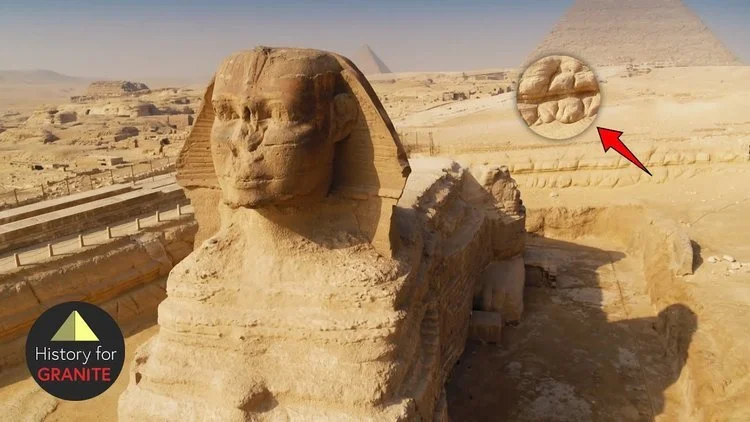The Great Sphinx of Giza stands as an enigmatic testament to ancient history, shrouded in mystery and controversy, that continues to captivate scholars and enthusiasts alike. Its unknown origins and purpose contribute to its enduring allure, sparking ongoing debate and intrigue. The lack of definitive evidence surrounding its creation and original owner only serves to intensify the fascination surrounding this iconic monument.
One of the pressing debates concerning the Sphinx revolves around its ownership and the period of its construction. While some argue that it belonged to Pharaoh Khafre and was built during his reign, there are dissenting viewpoints questioning this assertion. The similarities between the Sphinx and Khafre's Valley Temple are noted, yet it remains uncertain whether both were constructed to mimic one another, adding layers of complexity to unraveling the monument's history.
Geologist Colin Reeder's extensive work on the erosion of the Sphinx enclosure has reignited discussions about its age and origins. The erosion patterns observed by Reeder suggest that the Sphinx predates the pyramids of Khufu and Khafre, challenging traditional Egyptology. However, sensational claims about the Sphinx's construction period have been debunked, emphasizing the importance of evidence and logical reasoning in unraveling its history and construction timeline.
In addition to erosion theories, the alignment of the colossal Causeway of Khafre raises questions about the Sphinx's origins and the intentions behind its construction. Observations suggest deliberate efforts to avoid the Sphinx and its enclosure, leading to further speculation about the interconnectedness of these ancient monuments.
The unique challenges posed by the construction of the Sphinx and its temples add additional layers of complexity to the ongoing debate. The unusual arrangement and construction of the Causeway and Valley Temples, as well as the potential unfinished state of the Sphinx Temple, contribute to the puzzle surrounding the Sphinx's construction and purpose.
Additionally, the Sphinx's place in ancient history and the uncertainties surrounding it continue to give rise to a variety of competing theories and ideas with scant supporting data. As a result, the mystery and enigma of the Sphinx persist, encouraging continued research and scholarly exploration into its origins and significance within the context of ancient Egypt.
In conclusion, the Great Sphinx of Giza stands as a testament to the enduring mysteries of ancient history, enticing researchers, historians, and enthusiasts to unravel its enigmatic past. The ongoing debates, uncertainties, and competing theories highlight the intricate nature of this iconic monument, underscoring the need for further investigation and scholarly discourse to uncover the truth behind its creation and purpose.







